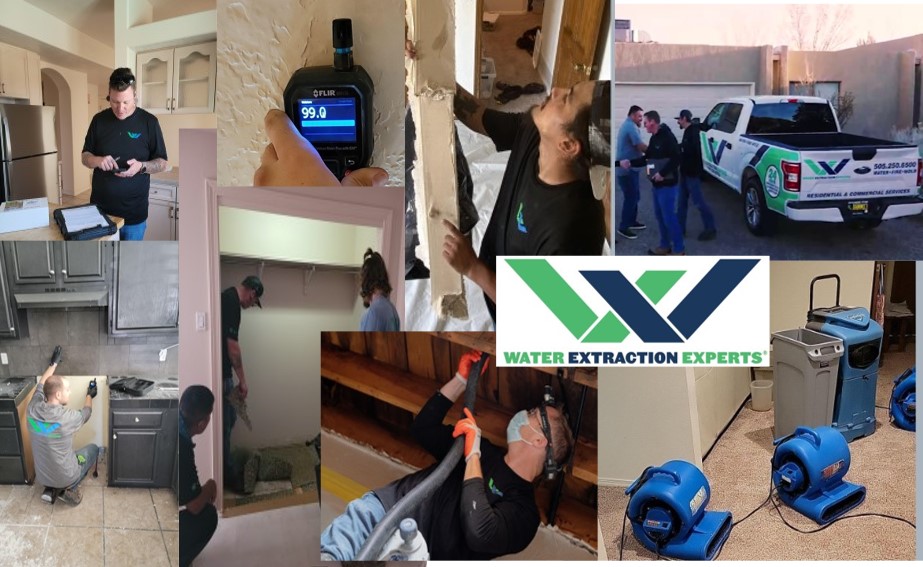
Water Damage Restoration
Water Damage Restoration
Water damage restoration is the process of restoring a building or property that has been damaged by water infiltration. Water damage can result from various sources, such as flooding, leaks, burst pipes, storms, or even firefighting efforts. Repairing water damage is crucial to prevent further structural deterioration, mold growth, and health hazards. The extent of the repair work depends on the severity of the water damage. Here are the general steps involved in water damage restoration:
- Assessment and Inspection: The first step is to assess the extent of the water damage. Professionals will inspect the affected areas to determine the source of the water, the type of water (clean, gray, or black), and the scope of the damage.
- Water Removal: Especially during emergency water damage, if there is standing water, it needs to be removed quickly to prevent further damage. Water extraction tools such as pumps and vacuums are used to remove excess water.
- Drying and Dehumidification: After the standing water is removed, the affected areas need to be thoroughly dried using industrial-grade dehumidifiers, fans, and other drying equipment. This helps prevent mold growth and further structural damage.
- Salvage and Cleanup: Salvageable items are separated from those that are too damaged to be restored. Cleanup involves removing debris, cleaning surfaces, and disinfecting to ensure a safe environment.
- Mold Prevention and Remediation: If the water damage was extensive or if the property was not properly dried, mold can start growing within 72 hours. Mold remediation involves identifying and removing mold-affected materials safely.
- Structural Repair: Damaged walls, ceilings, floors, and other structural components are repaired or replaced. This may involve drywall replacement, repainting, retiling, or other repairs depending on the extent of the damage.
- Electrical and Plumbing Repairs: Water damage can affect electrical systems and plumbing. Any damaged wiring or plumbing needs to be repaired or replaced by licensed professionals to ensure safety.
- Water Restoration and Reconstruction: This step involves restoring the property to its pre-damage condition. It might include repainting, replacing fixtures, installing new flooring, and any other necessary tasks.
- Final Inspection: Once the repair work is complete, a final inspection is conducted to ensure that everything has been properly restored and that there are no remaining issues.
- Preventive Measures: After the water damage repair is done, it’s important to address the root cause of the water damage to prevent future occurrences. This might involve fixing leaks, improving drainage, plumbing damage repair, or taking other preventive measures.
It’s worth noting that water damage repair can vary significantly in complexity and cost depending on factors such as the size of the affected area, the severity of the damage, the type of water involved, and the materials used in the building’s construction. It’s recommended to hire professionals experienced in water damage restoration to ensure thorough and effective repairs.
Let Water Extraction Experts be those professions. Our certified technicians can restore your home from remediation to reconstruction.
We set the standard in excellence in the restoration industry.
Water Extraction Experts
The Experts That Care!
Call: 505-250-6500
Serving Albuquerque, Rio Rancho, East Mountain, and Surrounding Areas
